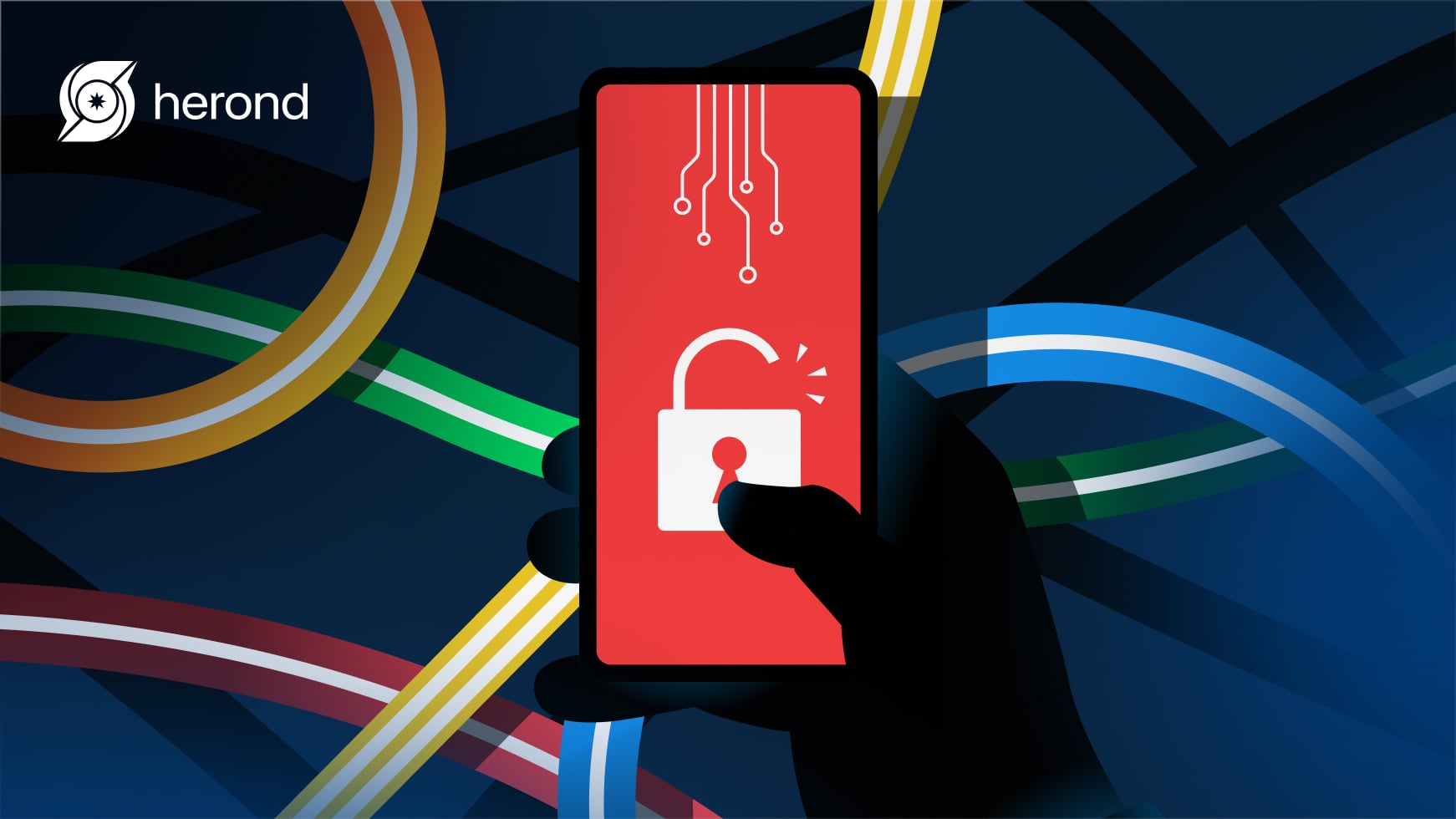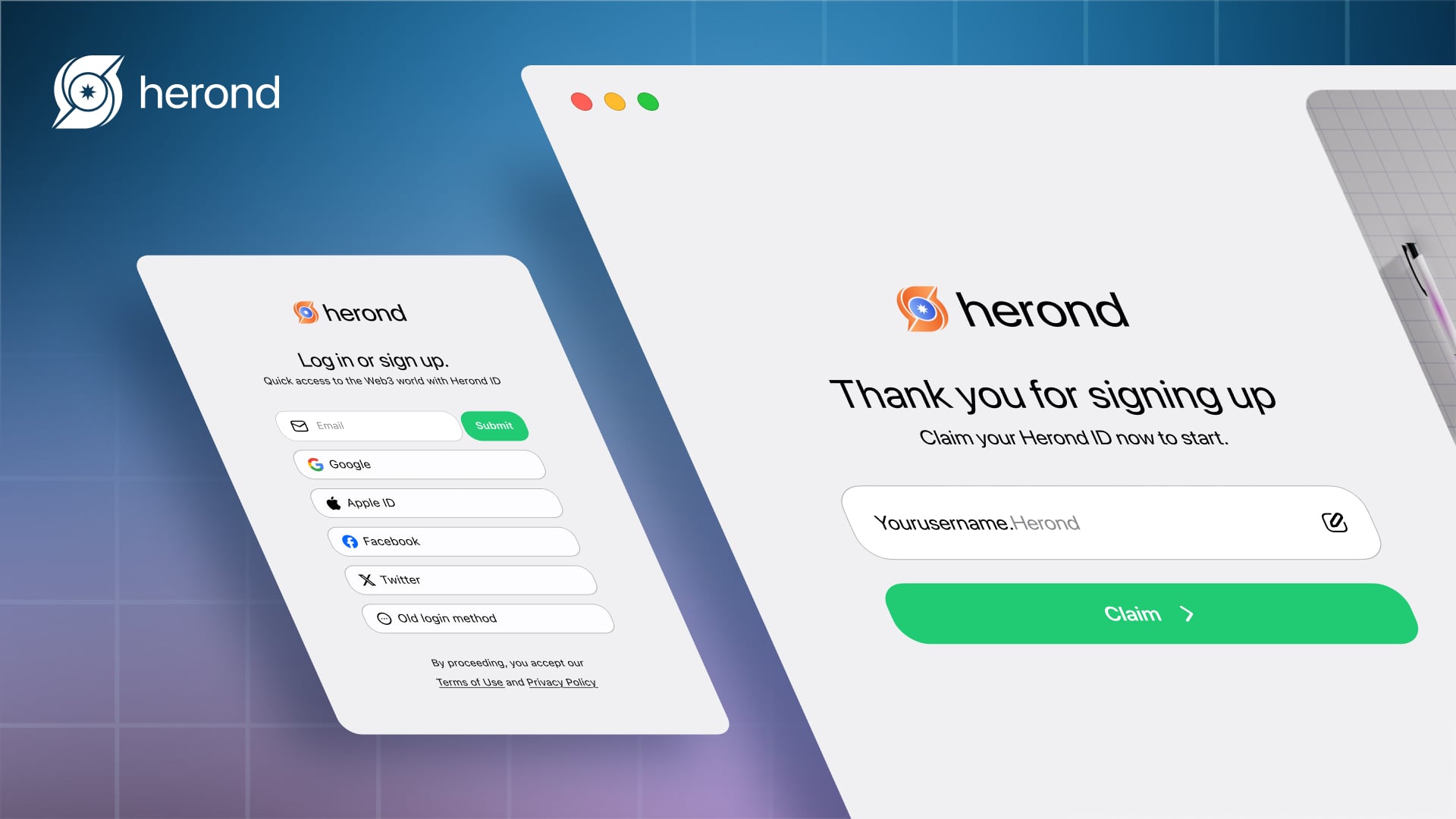In the digital era, robust identity management is critical for protecting assets and sensitive data. Token Provision is the foundational process that ensures security credentials, such as OTP codes, access keys, or cryptographic material are securely issued and delivered to a user or device. It’s the essential first step in implementing Multi-Factor Authentication (MFA) and building a strong defense against account takeover attacks. This ultimate guide breaks down the concept, explores the core mechanisms, outlines key security standards, and details the best practices for implementing secure Token Provisioning to establish unwavering trust in your authentication system.
What is Token Provision?
Definition and Context of Token Provision
What is Token Provisioning
The secure process of creating, issuing, and distributing a security token (credential) to a user or device for authentication and authorization.
Token vs. Password
A Password is for initial identity verification; a Token is a time-bound, cryptographic key used to prove identity after initial verification.
Core Importance
It’s the foundation of modern security (Zero Trust), allowing secure digital communication without the risk of constantly transmitting sensitive login credentials.

Key Use Cases of Token Provision
API Authentication
Provides secure access to web services and microservices using industry standards like JWT (JSON Web Tokens) and OAuth 2.0.
Single Sign-On (SSO)
Enables users to transfer their logged-in status via tokens, granting access to multiple applications without repeated logins.
IoT Device Security
Crucial for issuing unique tokens to embedded devices, ensuring secure, verifiable communication with cloud and backend systems.
The Token Provision Lifecycle
Phase 1: Initiation and Issuance
Issuance Request
The user or device begins by submitting initial verification data (e.g., username/password or cryptographic key) to the Authorization Server.
Token Creation
The server successfully verifies the identity and securely mints the token, embedding key authorization details, scope, and an expiration time.
Token Claims (Core Data)
The issued token contains essential data fields, known as Claims, including the Subject (who the token is for), the Issuer (who created it), and the Expiration (the token’s time-to-live or TTL).

Phase 2: Usage and Validation
Token Attachment: The issued token is attached to every subsequent request, commonly transmitted via the Authorization: Bearer header.
Resource Validation
The Resource Server meticulously checks the token’s validity, verifying its digital signature, ensuring it hasn’t expired, and confirming its correct format before access is granted.
Phase 3: Expiration and Revocation
Expiration (TTL)
The most crucial security mechanism; the token is automatically invalidated once its predetermined Time-to-Live (TTL) expires, limiting potential misuse.
Token Refresh
A process using a Refresh Token to securely obtain a brand new token pair, allowing the user to maintain their session without needing to re-enter login credentials.
Revocation
The immediate act of invalidating an active tokenbefore its scheduled expiry (e.g., during user logout or upon detection of suspicious, unauthorized activity).
Popular Provisioning Model: JWT (JSON Web Tokens)
- Structure: JWTs are stateless tokens composed of three parts: the Header, the Payload (Claims), and the Signature.
- Key Advantage: They are stateless and self-contained, meaning the resource server can validate them locally, significantly reducing database and server load.
- Security Note:Never store sensitive data in the Payload, as it is only Base64-encoded (easily readable), not encrypted by default.
OAuth 2.0 (Authorization Framework)
Protocol, Not Token: OAuth 2.0 is an authorization framework and a protocol that governs how tokens are issued, not the token itself (e.g., via the Authorization Code or Client Credentials flows).
Token Pair Use: It relies on a token pair: the short-lived Access Token (used for resource access) and the long-lived Refresh Token (used securely for token renewal without re-login).
Device Provisioning: Symmetric/Asymmetric Key Cryptography
Device Focus: Essential in IoT environments and for resource-constrained devices, often utilizing Symmetric or Asymmetric Key Cryptography.
Key Security: Focuses on the safe creation and distribution of device-unique secret keys or certificate chains.
Secure Method: Keys are typically provisioned directly into secure hardware modules (e.g., TPM, Secure Element) during manufacturing.
Best Practices for Secure Token Issuance and Management (Security Best Practices)
Setting Optimal Expiration Times (Optimal Expiration)
Access Token Lifespan
Set a short lifespan for Access Tokens (e.g., 5 to 15 minutes) to drastically minimize the window for potential theft and misuse.
Refresh Token Security
Refresh Tokens can have a longer lifespan but must be stored and handled with the highest level of security (often encrypted in an HTTP-Only cookie).

Secure Token Storage
Avoid Local Storage
Do NOT store tokens in Local Storage, as this data is highly vulnerable and easily accessible through Cross-Site Scripting (XSS) attacks.
Recommended Storage (Web)
Use HttpOnly Cookies to mitigate XSS risk, preventing client-side scripts from accessing the token.
Recommended Storage (Mobile/Desktop)
Utilize the operating system’s dedicated secure credential store (e.g., iOS Keychain, Android Keystore) for maximum protection.
Effective Revocation Mechanism
Revocation Check
Implement a centralized Revocation List or database check to instantly verify the validity of all Refresh Tokens and session integrity.
Mandatory Revocation
Enforce automatic, immediate token invalidation (revocation) upon detection of abnormal login attempts or any user password changes.
Ensuring Token Integrity
Signature Mandatory: Always use Digital Signatures (via HMAC, RSA, or ECDSA) as a mandatory step when issuing tokens.
Tamper Prevention: The signature ensures the token’s contents have not been tampered with or modified by an attacker during transit.
Conclusion: The Future of Passwordless Authentication
Token Provisioning is more than just a setup process; it is the most crucial security checkpoint in modern authentication and the foundational pillar of a robust Zero Trust architecture. By mastering the core mechanisms, from the short lifespan of an Access Token to the secure lifecycle management via a Refresh Token, you can drastically reduce the risk of credential theft. Always remember to prioritize optimal TTL settings, avoid vulnerable Local Storage, and maintain a mandatory revocation mechanism. Deploying tokens securely using standards like JWT and OAuth 2.0 ensures not only seamless user experience but also guarantees digital trust essential for every secure transaction and application access.
About Herond
Herond Browser is a cutting-edge Web 3.0 browser designed to prioritize user privacy and security. By blocking intrusive ads, harmful trackers, and profiling cookies, Herond creates a safer and faster browsing experience while minimizing data consumption.
To enhance user control over their digital presence, Herond offers two essential tools:
- Herond Shield: A robust adblocker and privacy protection suite.
- Herond Wallet: A secure, multi-chain, non-custodial social wallet.
As a pioneering Web 2.5 solution, Herond is paving the way for mass Web 3.0 adoption by providing a seamless transition for users while upholding the core principles of decentralization and user ownership.
Have any questions or suggestions? Contact us:
- On Telegram https://t.me/herond_browser
- DM our official X @HerondBrowser
- Technical support topic on https://community.herond.org








